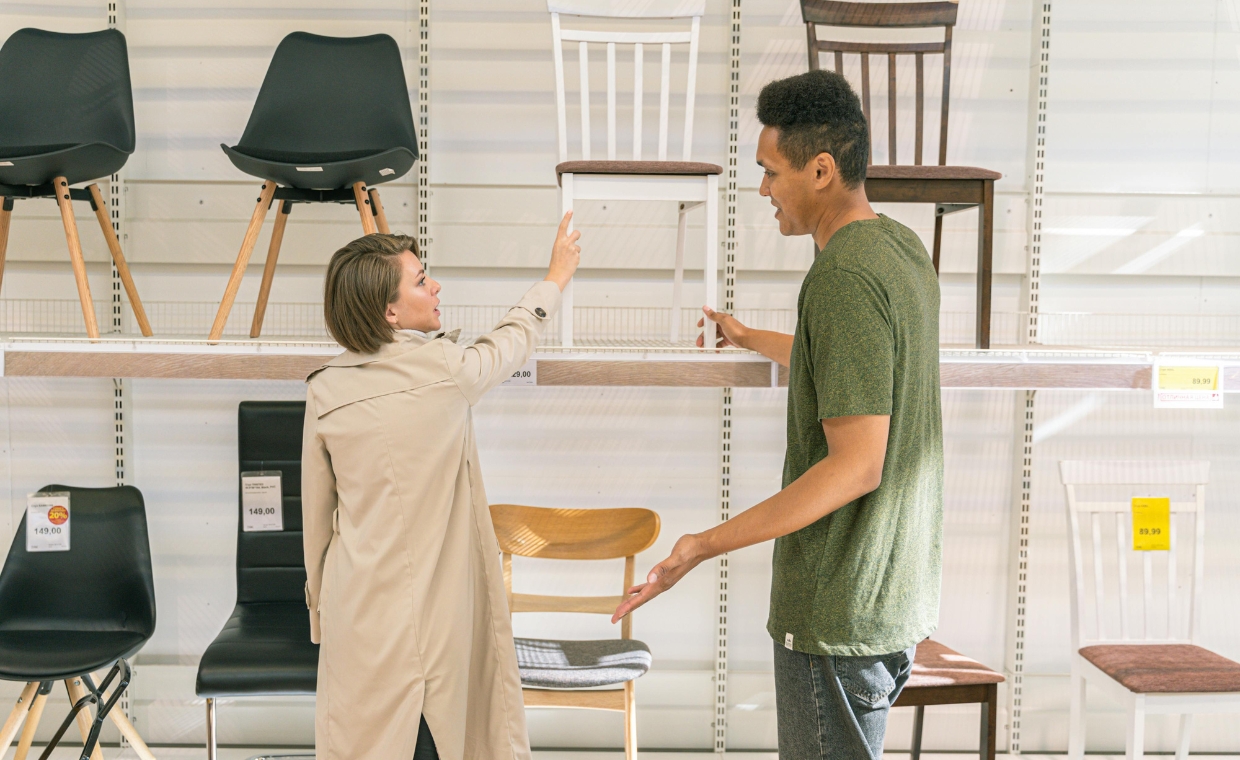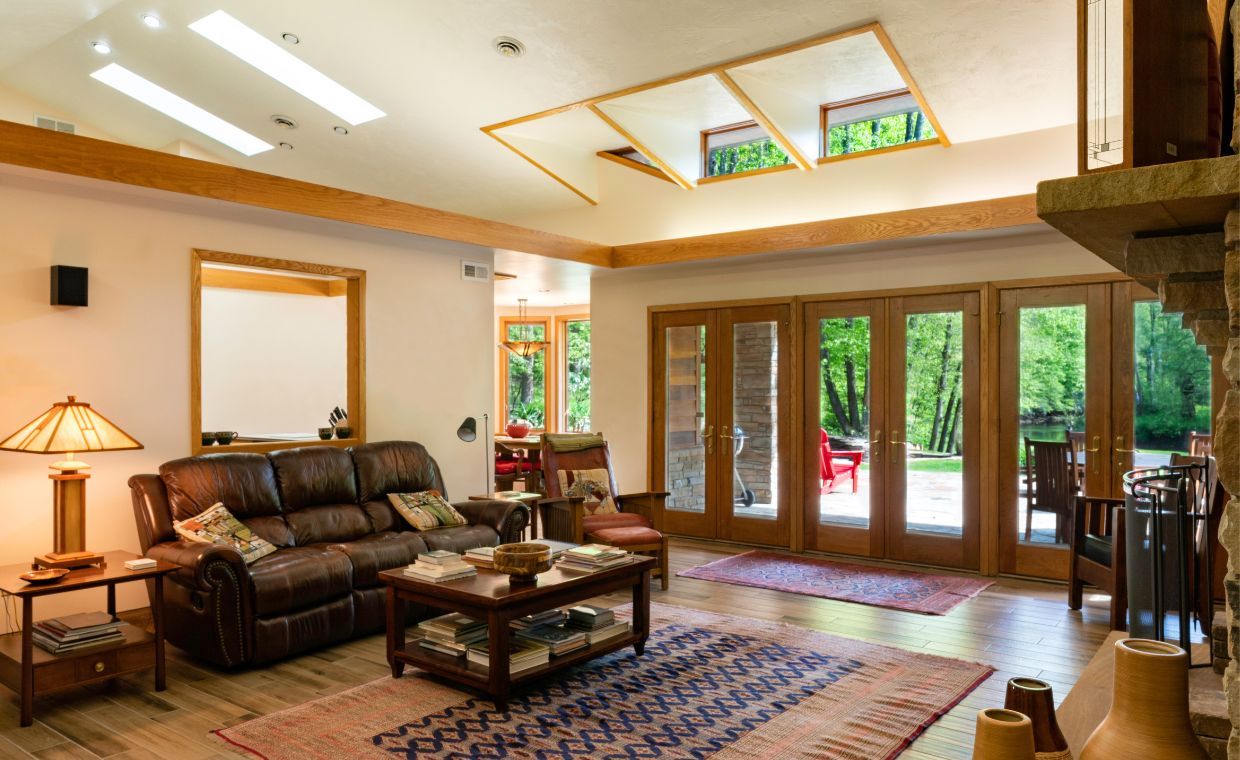
Table of Contents
Glass is one of the most popular and versatile building materials used today. It offers numerous benefits, combining virtually unlimited aesthetic options with exceptional performance. The architectural and construction industries face some of their greatest challenges, as buildings must not only be functional and visually pleasing but also address critical safety and security concerns that are a reality of modern living. Through this blog, Gharpedia explored the benefits and uses of glass in construction.
What is Glass?

Glass is made from natural and sustainably sourced materials, such as sand, soda ash, limestone, and recycled glass content, also known as a cullet. These materials are melted down in furnaces and made into new glass containers that are both reusable and infinitely recyclable.
Before going through the uses of glass, let’s briefly understand the properties of glass and the different types of glass available in the market.
Properties of Glass
Here are the common properties of glass:
- Transparent: This property allows light to enter the space and establishes a visual connection with the outside world.
- Brittle: Glass is a brittle material. However, the latest technologies have improved its sturdiness.
- Workability: It can be blown, drawn, or pressed. It is possible to obtain glass with diversified properties like clear, colourless, diffused, and stained.

- Recyclable: Glass can be recycled infinitely. Debris of broken or waste glass can be gathered and re-melted.
- Acoustic Control: Glass enhances acoustic control in a setup.
Popular Types of Glass
- Float Glass: It is used in canopies, shop fronts, glass blocks, railing partitions, etc.
- Tinted Glass: Clear glass is coloured by adding certain components to the glass batch mix.

- Toughened Glass: It is tempered glass used in making fire-resistant doors etc.
- Laminated Glass: It is made by sandwiching glass panels within a protective layer. It is used in glass facades, aquariums, bridges, staircases, floor slabs, etc.

- Shatterproof glass: It is used in skylights, windows, flooring etc. It does not form sharp-edged shards when broken.
- Extra Clean Glass: This is hydrophilic and is covered with nanoparticles that break down dirt particles, thus keeping the glass clean.
- Double Glazed Units: This is produced by leaving an air gap between two glass panes to reduce heat loss and gain.
- Chromatic Glass: It is used in meeting rooms and ICUs. It can control daylight and transparency effectively.
- Glass Wool: It is used as filler or insulators in buildings and also for soundproofing.

- Glass Blocks: They provide visual obscuration while admitting light.
Also Read: What is Foam Glass? | Uses | Properties | Pros & Cons
Uses of Glass
Glass is an innovative material with a wide range of applications. It is an essential component in numerous products that we use daily, often without even noticing it. Here are some common uses of glass:
- Windows and Doors

- Facades
- Reinforcement structures
- Tableware (plates, cups, bowls)
- Insulation
- Conservatory
- Jar packaging for food
- Bottles for drinks
- Flacon for cosmetics and pharmaceuticals
- Renewable energy (solar energy glass, Wind turbines)
- Interior design and furniture element like mirrors, balustrades, tables, partitions, etc.

- Applications and electronics element like cook top, oven doors, TV, computer screens, smart phones, etc.
- Automotive and transport like aircraft, ships, windscreens, backlights, etc.
- Medical technology, optical glass, biotechnology, etc.
- Fibre optic cables to carry information from phones, TV, computer.
- X ray and Gamma-ray – radiation protection
Nowadays, glass is commonly used as a partition in building facades, serving both to physically divide spaces and visually connect the interior with the exterior. For instance, if you have a glass sliding door leading to your garden, you can passively engage with activities in the garden while staying indoors. During festivals, special occasions, or parties, you can open this façade to seamlessly extend your indoor space into the outdoors. This way, your indoor area transforms into an outdoor space and vice versa.
Benefits of Glass
These are some of the major benefits of glass:
- Glass is 100% recyclable and can be recycled endlessly without losing its quality or purity.
- It has colour and colourless options.

- Glass allows natural light to enter a room, subtly influencing the room’s climate.
- Glass offers virtually unlimited aesthetic options.
- Colour plays a powerful and primary role in the design and use of stained glass.
- Glass constructions have become symbols of development in many countries, often viewed as markers of wealth and luxury.
- For ornamental purposes, glass is available in a wide range of textures, colours, finishes, and shapes.
- Architects use glass to achieve a deliberate balance between coloured light and airy spaces.

- Glass craftsmen play a vital role in restoration and renovation.
- Over the years, glass has evolved in architecture, from being used as simple window panels in luxury homes to sophisticated structural members in new age buildings.
- It is also weather and rust-resistant.
Disadvantages of Glass
- Glass can break easily and cause injury.
- It is unsafe for earthquake-prone areas.

- Glass generates high level of solar radiation and traps heat, leading to warmer interiors.
- Using glass in buildings offers transparency, demanding enhanced security measures.
- Glass is an expensive material. Using glass for construction can significantly increase the overall cost of the building.
Conclusion
Glass is a beautiful and versatile material. Apart from adding to the aesthetics of the structure, it offers a range of benefits. Despite being costly and brittle, glass has consistently grown in popularity over the years due to its many advantages. It has proven to be one of the best building materials today.
Also Read: How Glass Is Used In Home Construction






























